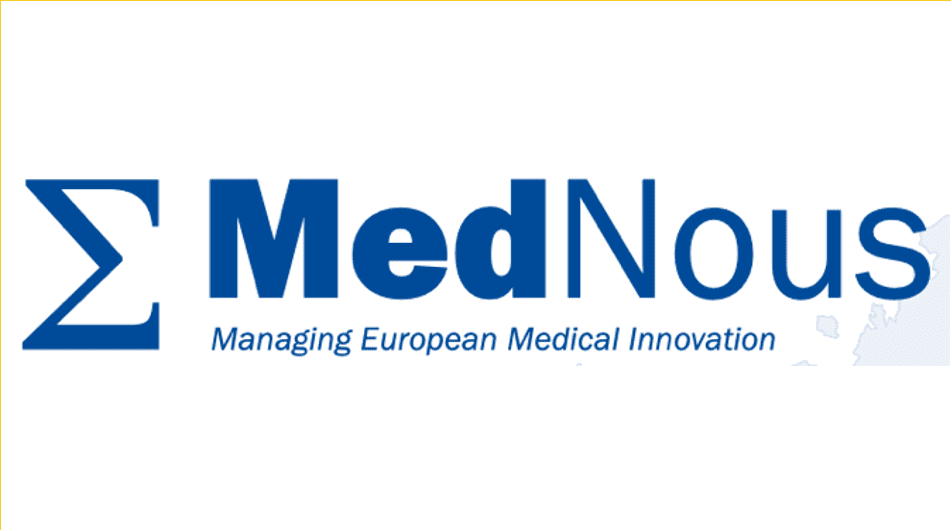John Rountree’s invited commentary in MedNous Vol 8, No 3 March 2014
Amid all the excitement about the debut of young biopharmaceutical companies on stock markets in the US, it is worth reflecting on the broader implications for pharmaceutical drug development and commercialisation. Specifically, what kind of company is best placed to develop drugs that patients need and that payers can afford to buy?
It is currently fashionable for innovative biopharmaceutical companies to consider Big Pharma as their potential partners or acquirers once their products reach proof-of-concept stage. But there is another model that may hold more promise for the future: the fully integrated pharmaceutical company. Today there are many mid-sized companies that thrive with this model having commercialised one or more successful products from their own research and development.
All of today’s Big Pharma companies were once medium-sized enterprises. At one time or another they had to focus on a small set of projects with the goal of growing them into sustainable businesses. This industrial focus was behind many of the success stories of the past including the development of medicines such as sitagliptin for diabetes and omeprazole for peptic ulcer disease.
From the 1960s onward everything seemed possible for these companies. They were productive, cash-generative and profitable. But in many cases this success led to a combination of complacency and a focus on simply creating scale through mergers and acquisitions. This left them poorly prepared to deal with the loss of exclusivity on their most profitable products. Facing pressure from investors, many subsequently responded by cutting spending, including outlays for research into new medicines. Fortunately for the industry as a whole, this coincided with the emergence of new biotech companies eager to out-license their innovative technologies. A division of labour within the industry gradually emerged: Big Pharma focused on in-licensing and late-stage drug development, while biotech took the lead in generating new products.
Only time will tell whether these symbiotic relationships will sustain the industry as a whole. In the meantime, an interesting phenomenon has been evolving in Europe: that of the profitable and highly successful mid-sized pharmaceutical company. Such companies are often family or foundation controlled and typically have annual revenue of between €50 million and €2 billion. They are tremendously diverse, just like the European countries in which they are based. Examples include Grünenthal and Merz of Germany; Ipsen and Pierre Fabre of France; Almirall and Esteve of Spain; Chiesi and Recordati of Italy; and LEO Pharma and Lundbeck of Denmark.
At my company, Novasecta, we have been tracking and working with these companies, which we call ‘MidPharmas’, for many years. These companies are not so large as to be cumbersome, nor so small as to be dependent on a single project for their survival. Lundbeck for example is large enough to be fully integrated with discovery, development and commercialization capabilities all built into a single entity. Yet it is specialised within neurology. And it has been able to create a global business from this speciality.
Lundbeck and many other MidPharmas benefit from a scale that creates sustainability while enabling passionate focus, as well as a stable ownership, whether this is through full ownership or majority control by a family or a foundation. These companies are neither dominated by short-term earnings pressure from analysts like their fully listed counterparts in Big Pharma nor set up for an exit like their venture-funded counterparts in the biotech community. Most MidPharmas therefore have time to develop the deep and focused expertise that is necessary for excellent drug research, development and commercialisation.
Unsurprisingly MidPharmas are not immune to merger fever: over the last years several have been acquired by other MidPharmas or larger concerns. Examples include Serono of Switzerland, which is now part of Merck KGaA of Germany; Schwarz Pharma of Germany and Celltech of the UK, which are now part of UCB of Belgium; and Altana of Germany and Nycomed of Denmark, which now belong to Takeda of Japan. Moreover Solvay Pharmaceuticals of Belgium is now owned by Abbvie of the US; and Organon of the Netherlands is now owned by Merck & Co Inc. of the US.
Despite this, a significant number of MidPharmas in Europe remain independent: they are a remarkably resilient bunch, often many decades old.
While it is now accepted that the industry as a whole must collaborate more and practice ‘open innovation’, this does not discredit the concept of the integrated pharmaceutical enterprise. In fact, the integrated pharmaceutical concept is more relevant today than it has ever been before. It means having pharmacologists and scientists really working with clinicians like they used to in the pharmaceutical companies of old. And it means encouraging entrepreneurs, who have come up with breakthrough medicines and built relationships with physicians in the process, to build companies that commercialise these breakthroughs.
The future lies with companies that know what they are good at and evolve and adapt from that – and if that ‘good at’ includes research, development and commercialisation then it makes sense to keep it together.
We believe that MidPharmas are very well placed to be the future stars of the industry. Of course like all companies they also need to constantly learn, adapt and change – being a profitable pharmaceutical company can create some bad habits. But if they add the best of the biotech-like mentality to the best of sustainable pharmaceutical companies, they have the foundation for success without the hubris of the giants.
John Rountree is the Managing Partner of Novasecta, a London-based specialist strategy consulting firm for life sciences.
© 2014 Evernow Publishing Ltd
Reprinted with permission from Mednous March 2014 (www.mednous.com)




